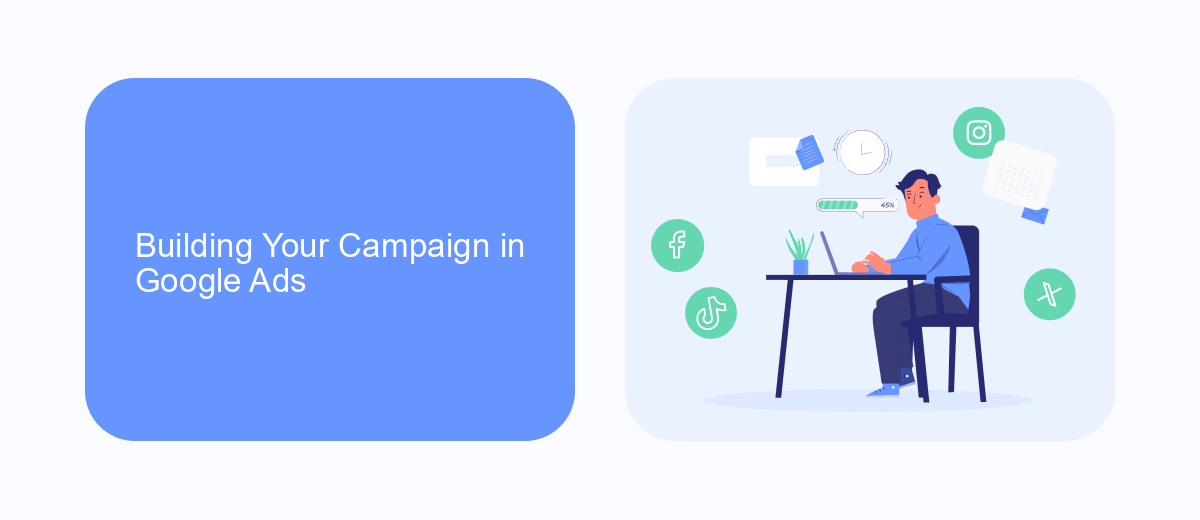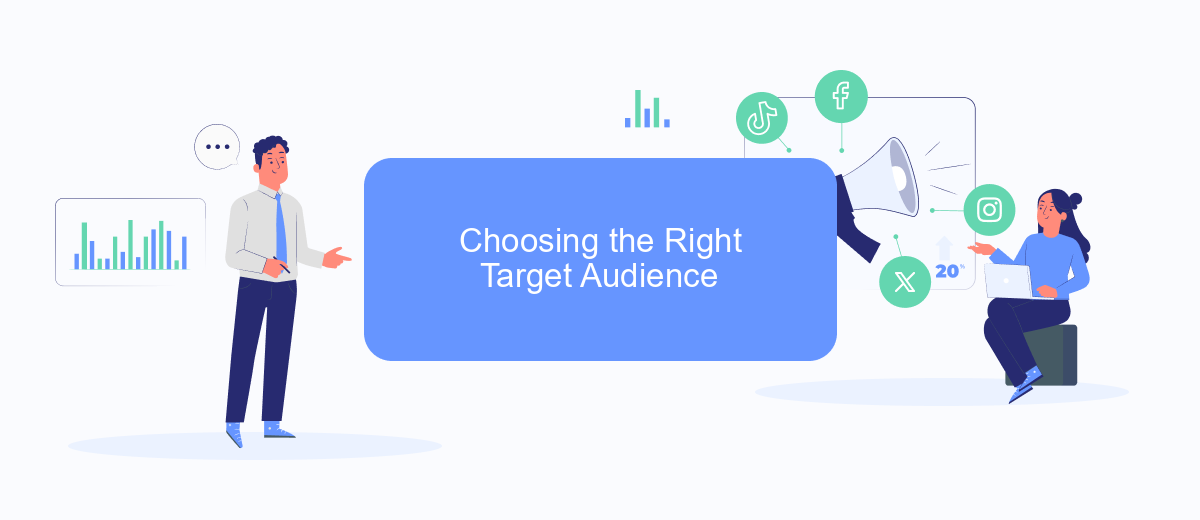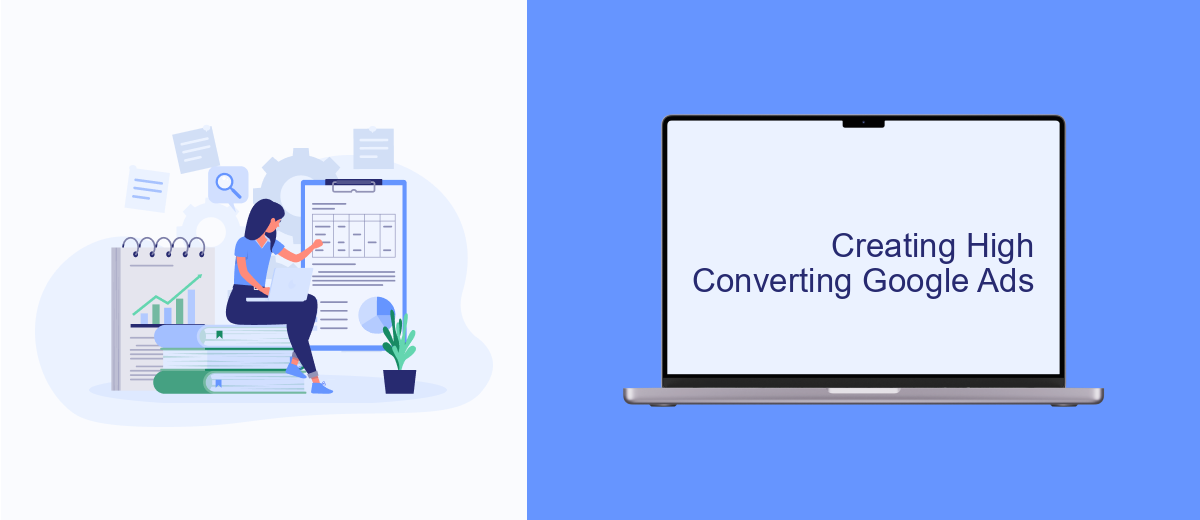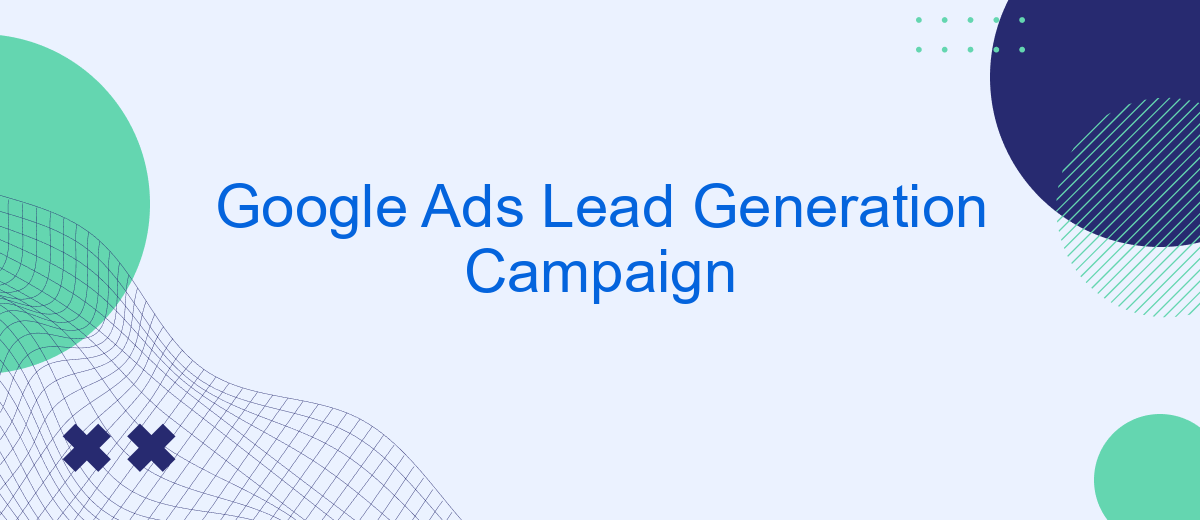Google Ads Lead Generation Campaigns are a powerful tool for businesses looking to attract and convert potential customers online. By leveraging targeted ads and strategic keyword placement, these campaigns can drive high-quality traffic to your landing pages, ultimately increasing your chances of capturing valuable leads. In this article, we'll explore the key components and best practices for creating a successful Google Ads Lead Generation Campaign.
Google Ads Lead Generation Campaign's Funnel
Creating an effective Google Ads Lead Generation Campaign involves understanding and optimizing your funnel. The funnel represents the journey your potential customers take from the moment they see your ad to when they become a lead. A well-structured funnel ensures that you capture high-quality leads and maximize your return on investment.
- Awareness: This is the top of the funnel where your ads attract potential customers. Use compelling headlines and visuals to grab attention.
- Interest: Engage users by providing valuable information about your product or service. This can be through landing pages, informative content, or special offers.
- Consideration: Encourage prospects to consider your offering by highlighting unique selling points and benefits. Use testimonials, case studies, and detailed product information.
- Conversion: Make it easy for users to convert by having clear calls to action and streamlined forms. Integrate tools like SaveMyLeads to automatically capture and manage leads efficiently.
By understanding each stage of the funnel and optimizing your Google Ads Lead Generation Campaign accordingly, you can ensure a steady flow of high-quality leads. Utilizing integration tools like SaveMyLeads can further enhance your lead management process, making it seamless and efficient.
Building Your Campaign in Google Ads

To begin building your Google Ads lead generation campaign, start by logging into your Google Ads account and navigating to the Campaigns tab. Click on the plus button to create a new campaign and select the campaign goal of "Leads." Choose the appropriate campaign type, such as Search, Display, or Video, based on where you want your ads to appear. Define your target audience by setting parameters like location, language, and demographics to ensure your ads reach the right people.
Next, set your budget and bidding strategy. Decide how much you're willing to spend daily and choose a bidding strategy that aligns with your goals, such as Maximize Conversions. Create compelling ad copy and design eye-catching visuals that will attract potential leads. Utilize ad extensions like callouts, sitelinks, and lead form extensions to provide more information and capture leads directly from the ad. For seamless lead management, consider integrating with services like SaveMyLeads, which can automate the process of sending lead data to your CRM or email marketing platform, ensuring you never miss a potential customer.
Choosing the Right Target Audience

Identifying the right target audience is crucial for the success of your Google Ads Lead Generation Campaign. To ensure your campaign reaches the most relevant potential customers, you need to define and refine your target audience based on specific criteria.
- Demographics: Consider age, gender, income level, and education. Tailoring your ads to demographic details can significantly impact their effectiveness.
- Geographic Location: Focus on the regions where your product or service is most likely to be in demand. This can be as broad as countries or as specific as neighborhoods.
- Interests and Behaviors: Use data on user interests, online behaviors, and purchase history to pinpoint audiences who are more likely to convert.
- Custom Audiences: Create custom audiences based on your existing customer data. Tools like SaveMyLeads can help you integrate and manage this data efficiently.
By carefully selecting your target audience, you can optimize your ad spend and increase the likelihood of generating high-quality leads. Regularly review and adjust your audience criteria to stay aligned with your campaign goals and market trends.
Creating High Converting Google Ads

Creating high converting Google Ads requires a strategic approach to your campaign setup and ongoing optimization. Start by conducting thorough keyword research to identify terms your target audience is searching for. Use tools like Google Keyword Planner to find high-intent keywords that align with your business goals.
Next, craft compelling ad copy that speaks directly to your audience's needs and pain points. Highlight unique selling propositions and include a strong call-to-action (CTA) to encourage clicks. Ensure your landing pages are optimized for conversions by having a clear, relevant message and easy-to-navigate design.
- Conduct thorough keyword research
- Craft compelling ad copy with strong CTAs
- Optimize landing pages for conversions
- Utilize tools like SaveMyLeads for seamless lead integration
Regularly monitor and adjust your campaigns based on performance data. Use A/B testing to refine ad copy, targeting, and bidding strategies. Integrating lead management tools like SaveMyLeads can streamline the process, ensuring you capture and nurture leads efficiently. Consistent optimization and data-driven decisions are key to maximizing your Google Ads ROI.
- Automate the work with leads from the Facebook advertising account
- Empower with integrations and instant transfer of leads
- Don't spend money on developers or integrators
- Save time by automating routine tasks
Measuring Success and Optimizing Campaign
Measuring the success of your Google Ads Lead Generation Campaign involves tracking key performance indicators (KPIs) such as click-through rates (CTR), conversion rates, and cost per lead (CPL). Utilize Google Analytics and Google Ads' built-in reporting tools to monitor these metrics. Regularly reviewing this data will help you understand which aspects of your campaign are performing well and which need improvement.
Optimizing your campaign is an ongoing process. Start by A/B testing different ad copies, headlines, and call-to-action buttons to see which combinations yield the best results. Additionally, consider integrating third-party services like SaveMyLeads to streamline your lead management process. SaveMyLeads can automate the transfer of lead data from Google Ads to your CRM or email marketing platform, ensuring that no potential customer falls through the cracks. By continuously analyzing your data and making informed adjustments, you can maximize the efficiency and effectiveness of your Google Ads Lead Generation Campaign.
FAQ
What is a Google Ads Lead Generation Campaign?
How do I set up a Google Ads Lead Generation Campaign?
What are the benefits of using Google Ads for lead generation?
How can I track the performance of my lead generation campaign?
What is the best way to follow up with leads captured through Google Ads?
What do you do with the data you get from Facebook lead forms? Do you send them to the manager, add them to mailing services, transfer them to the CRM system, use them to implement feedback? Automate all of these processes with the SaveMyLeads online connector. Create integrations so that new Facebook leads are automatically transferred to instant messengers, mailing services, task managers and other tools. Save yourself and your company's employees from routine work.

